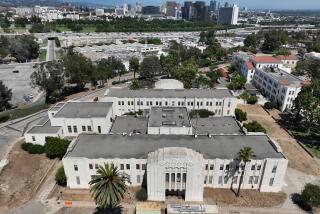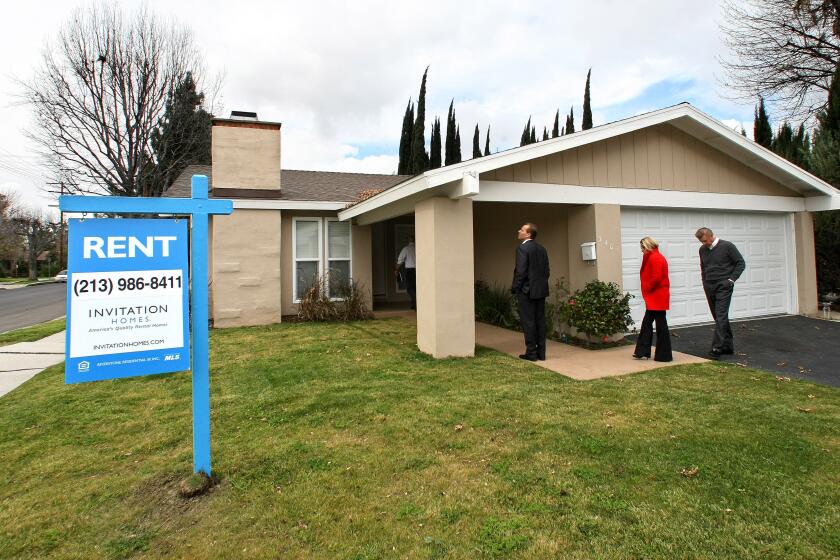Pilot loses license after fatal jet crash in Tehachapi
Federal authorities have revoked the pilot’s license of a veteran aviator who flew in a July 4 aerial display in Tehachapi, Calif., that ended with the fatal crash of a vintage Soviet military jet with two people aboard.
The Federal Aviation Administration canceled the airline transport pilot and ground instruction certificates of Douglas E. Gilliss of Solana Beach, a former U.S. Air Force captain and Vietnam War veteran with decades of aviation experience.
The FAA sent Gilliss a revocation order Sept. 28, a copy of which was obtained by The Times on Tuesday under the federal Freedom of Information Act.
Gilliss was one of several pilots who participated in a formation flyover of three Aero Vodochody L-29 Delfins, once the standard jet trainer of the Soviet Union and other Warsaw Pact nations during the Cold War. Gilliss flies with the Thunder Delfins, a group of L-29 enthusiasts.
During the flyover, one Delfin fell out of formation and slammed into Old Town Road, killing David Zweigle, 42, the city’s airport director, and Robert Chamberlain, 63, of Morrison, Colo., a retired airline pilot and former Air Force test pilot. The aircraft, which was owned and flown by Zweigle, passed over a park and missed several houses before impact.
FAA officials say that Gilliss violated federal regulations by flying over densely populated areas at less than 1,000 feet. They also assert that Gilliss improperly carried a passenger and falsely claimed in a pilot’s log that he had checked out Zweigle in the L-29 before the crash.
Zweigle was required to demonstrate his ability to fly the L-29 to an FAA-designated flight examiner before he could act as the pilot in command of the aircraft. FAA officials say Gilliss was a flight examiner at the time.
“You have demonstrated that you lack the required care, judgment and responsibility to hold any airman certificate,” the FAA stated in the revocation order.
Gilliss declined to comment, except to say that he would appeal the decision.
In an earlier statement, he said the L-29s avoided populated areas and flew between 1,200 and 1,500 feet, well above the minimum required altitude.
He said the planes did not present a hazard to the public because they proceeded along the area’s railroad tracks and not directly over the city of about 35,000.
--
More to Read
Sign up for Essential California
The most important California stories and recommendations in your inbox every morning.
You may occasionally receive promotional content from the Los Angeles Times.










